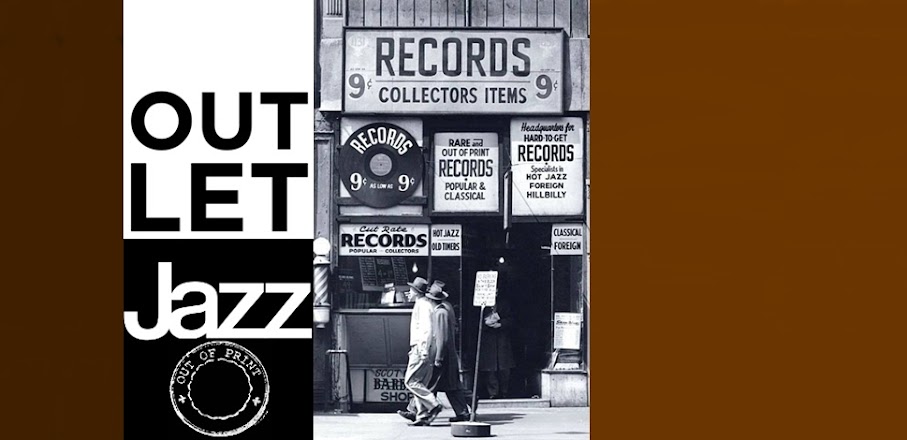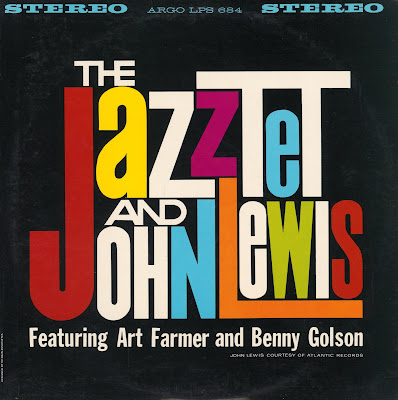The Jazztet
The Jazztet And John Lewis
The idea of John Lewis writing for the Jazztet seems, at first blush, an improbable one.
Lewis' jazz writing in recent years has been confined largely to the Modern Jazz Quartet, of which group he is pianist and musical director. His other work — movie scores and similar large-orchestra music — has required a different palette than that available in small jazz groups.
The Jazztet, furthermore, is utterly unlike the MJQ in instrumentation, conception, and flavor. The MJQ is based on two percussion-melody instruments, vibraharp and piano, which dictates one kind of sound. The Jazztet is based on three horns — trumpet, tenor saxophone, and trombone — which dictates a vastly different one.
The one area of similarity between the two groups would appear to present a danger, rather than an advantage: both are integrated, controlled units whose music has sometimes tended to the conservative. They stand at the other end of the pole from all the tiresome freeblowing groups of today.
But what would happen when you put the conservative John Lewis together with the Jazztet? I must confess that when Art Farmer mentioned that John Lewis was writing an album for the group, I had reservations. I feared the collaboration would produce some sort of apotheosis of gentlemanly reserve. Control there would surely be. But spontaneity and fire?
It gives me considerable pleasure to discover that my fears were groundless. For the John Lewis Album is, I feel, far and away the best, the freest, and the gutsiest album the Jazztet has yet made.
Never has the group seemed more appealing than in this set of compositions and arrangements by John Lewis. I have no hesitancy in commending it to you. It knocked me out.
*Gene Lees (liner notes)*
We'll be the first to admit that the piano and compositions of John Lewis can sometimes be a bit stiff and academic — but that's definitely not the case on this great little record! The album features interpretations of Lewis' work by the great Farmer/Golson Jazztet — and is a pretty sweet batch of tracks that adds a lot of the emotion and soul that's usually missing from Lewis' music. Cedar Walton's playing the piano parts, which probably helps the groove a bit, and the group's tight hard sound puts in a "bottom" that you'd hardly hear when listening to John Lewis with the Modern Jazz Quartet. In fact, Lewis isn't even on the record — just billed in the title because he contributed the compositions. *Dusty Groove, Inc.*
Side 1
1 - Bel
2 - Milano
3 - Django
4 - New York 19
Side 2
5 - 2 Degrees East, 3 Degrees West
6 - Odds Against Tomorrow
(All compositions by John Lewis)
Art Farmer (trumpet), Benny Golson (tenor sax), Thomas McIntosh (trombone),
Thomas Williams (bass), Cedar Walton (piano), Albert Heath (drums).
Recorded at Nola Studios, New York City, December 20 and 21, 1960 and January 9, 1961.



















